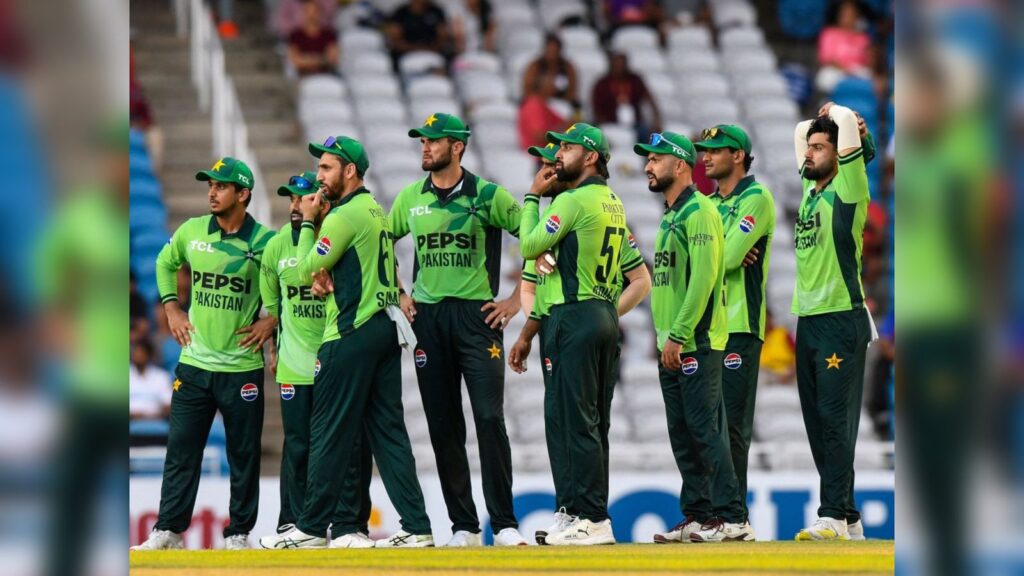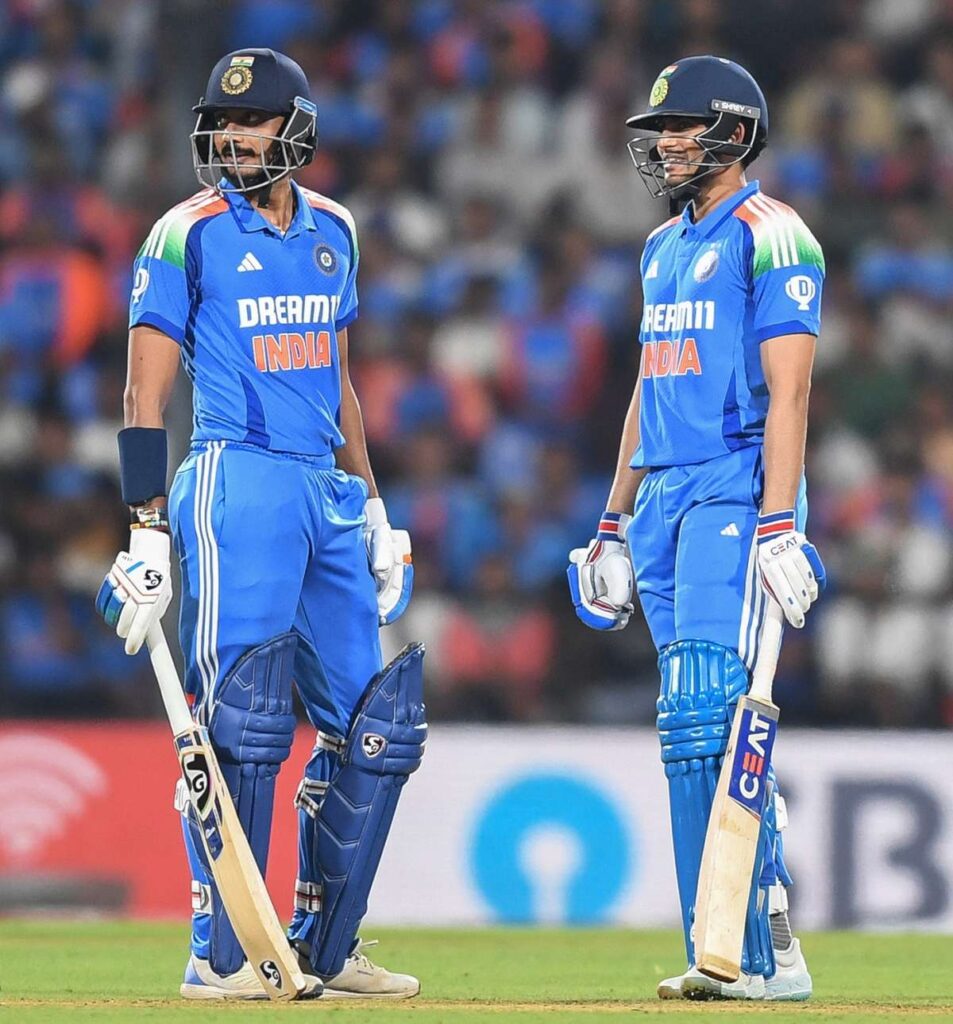
Subhayan Chakraborty
The recent third ODI between Pakistan and the West Indies painted a grim picture for the Men in Green. Bowled out for a meagre 92 while chasing 295, Pakistan suffered a crushing 202-run defeat, marking their first ODI series loss to the West Indies in 34 years. This collapse also saw Pakistan dismissed for under 100 runs in an ODI for the first time since 2018, when they were skittled for 74 against New Zealand in Dunedin. This unwanted milestone was the 10th instance in Pakistan’s ODI history where their batting lineup crumbled to a sub-100 total, and it exposed a team grappling with inconsistency and fragility.
As Pakistan prepare to face arch-rivals India in the Asia Cup 2025 in Dubai on September 14, the contrast between the two cricketing nations could not be starker. India, riding a wave of dominance with 13 wins in their last 15 T20Is, are a powerhouse in world cricket. Pakistan, on the other hand, appear to be a team in decline, struggling to keep pace with their rivals and the global cricketing elite.
In recent years, the cricketing contest has lost much of its competitive edge, particularly in the 50-over format. Since their memorable victory over India in the 2017 Champions Trophy final, Pakistan have failed to defeat India in an ODI, losing all six encounters across major tournaments. India’s ODI World Cup record against Pakistan stands at an impeccable 8-0. These matches have largely been one-sided, lacking the intensity that once defined this storied rivalry.
The T20I format offers a slightly more level playing field, where upsets are more feasible. The 2007 T20 World Cup matches were nail-biters, and Pakistan’s 10-wicket triumph in 2021 carried its own drama. However, India still hold a 9-3 edge in T20Is, with the last two T20 World Cup clashes being closely contested but ultimately favouring India. These sporadic moments of brilliance from Pakistan have not been enough to restore parity to a rivalry that feels increasingly one-dimensional.
The gap between the two teams is evident not just in results, but in their respective cricketing ecosystems. India boast formidable bench strength, with players like Yashasvi Jaiswal, Ishan Kishan, Ruturaj Gaikwad, Sai Sudharsan and many more unable to break into the ODI or T20I squads due to fierce competition. The Indian Premier League (IPL) provides a platform for their youngsters to hone their skills against top international talent, creating a depth that Pakistan sorely lacks.

Pakistan’s struggles are compounded by limited international exposure against top teams, as opposed to second-rung sides, and a lack of emerging talent. Their core group – Naseem Shah, Haris Rauf, Shaheen Shah Afridi, Mohammad Rizwan, Babar Azam, and Fakhar Zaman – remains largely unchanged, even in the face of consistent underperformance. Recent disappointments, such as the 2023 ODI World Cup and the 2024 T20 World Cup, highlight a team stretched thin, relying on the same players with little backup to challenge their spots. This lack of depth was glaringly evident in their recent ODI collapse against the West Indies, highlighting the systemic challenges Pakistan face.
The India vs Pakistan rivalry remains a spectacle adorned with passionate crowds, bold posters, and cheeky advertisements. Yet, the cricketing reality is sobering. With India’s relentless dominance in ODIs and a clear edge in T20Is, the rivalry is becoming a lopsided affair, devoid of the competitive fire that once made it unmissable. And the reality is that the cricket world has found greater thrill in rivalries that offer a fairer fight.
Follow Revsportz for latest sports news



